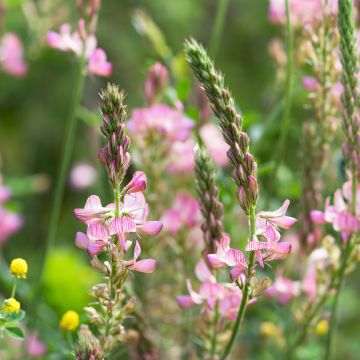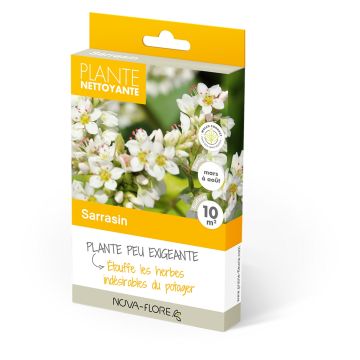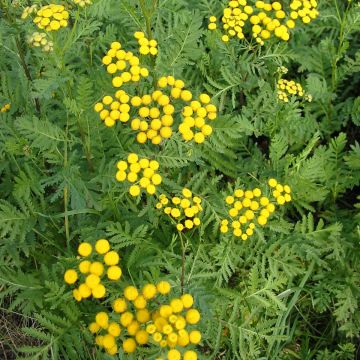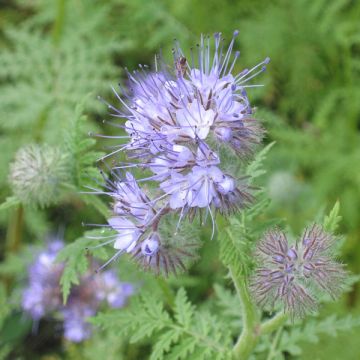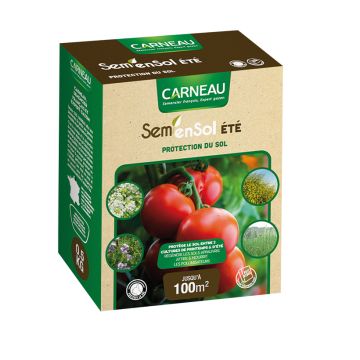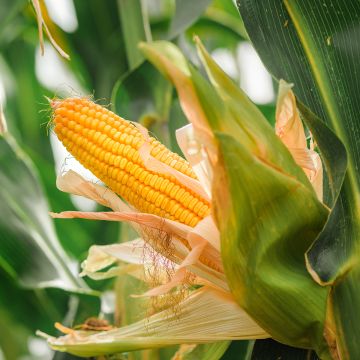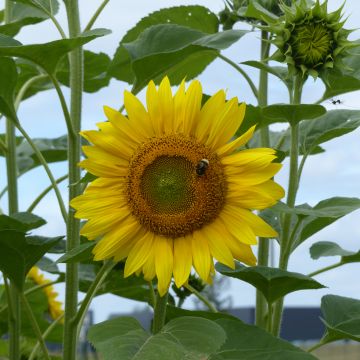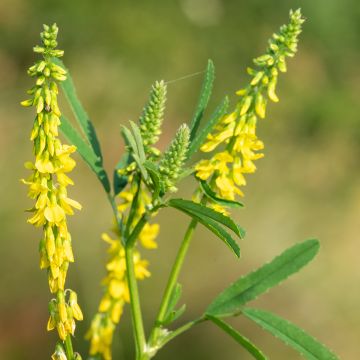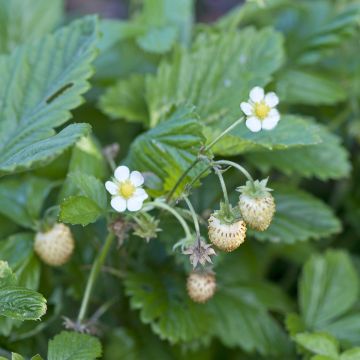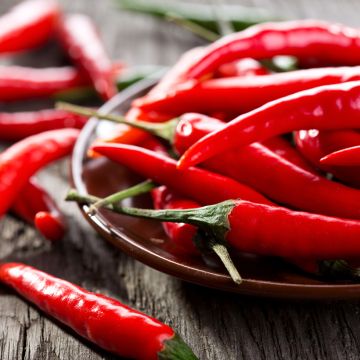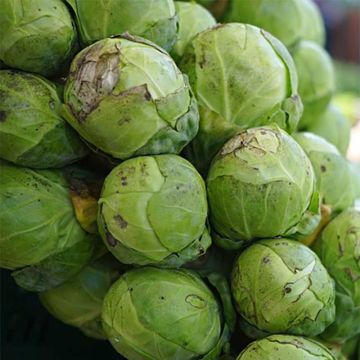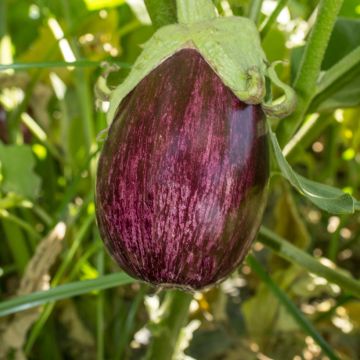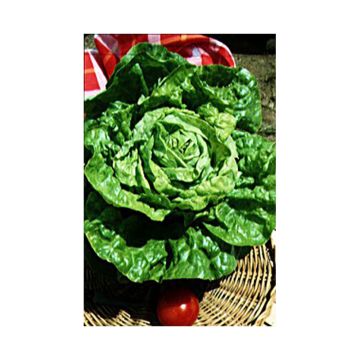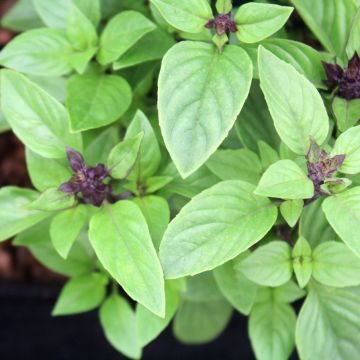

Trifolium incarnatum
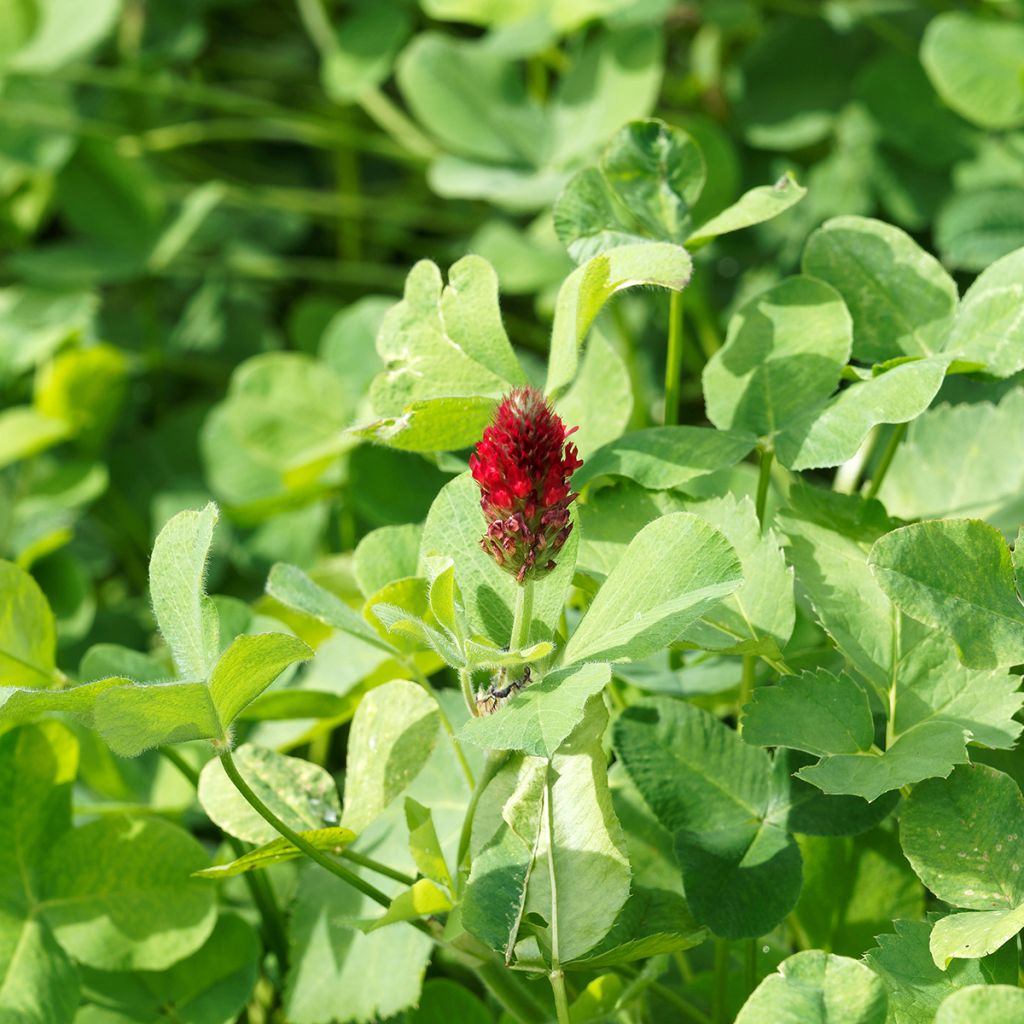

Trifolium incarnatum
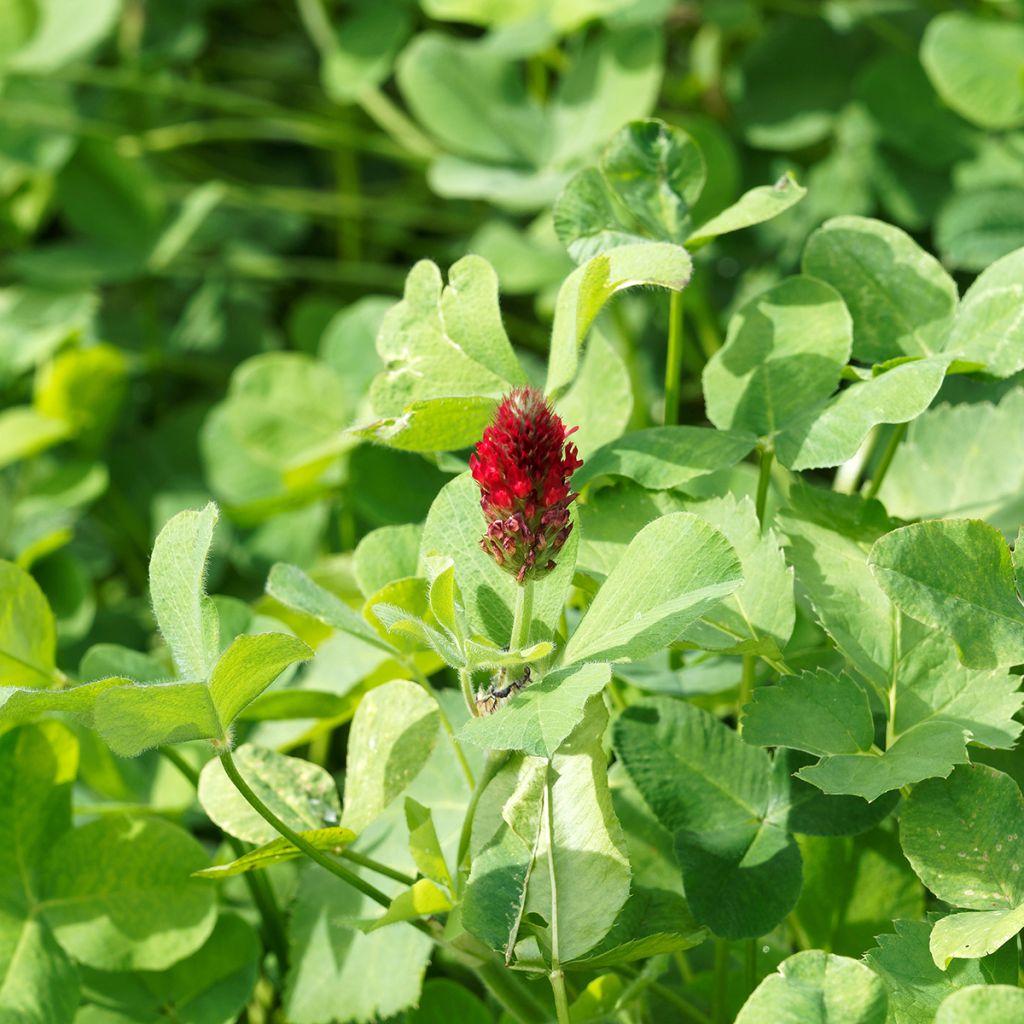

Trifolium incarnatum
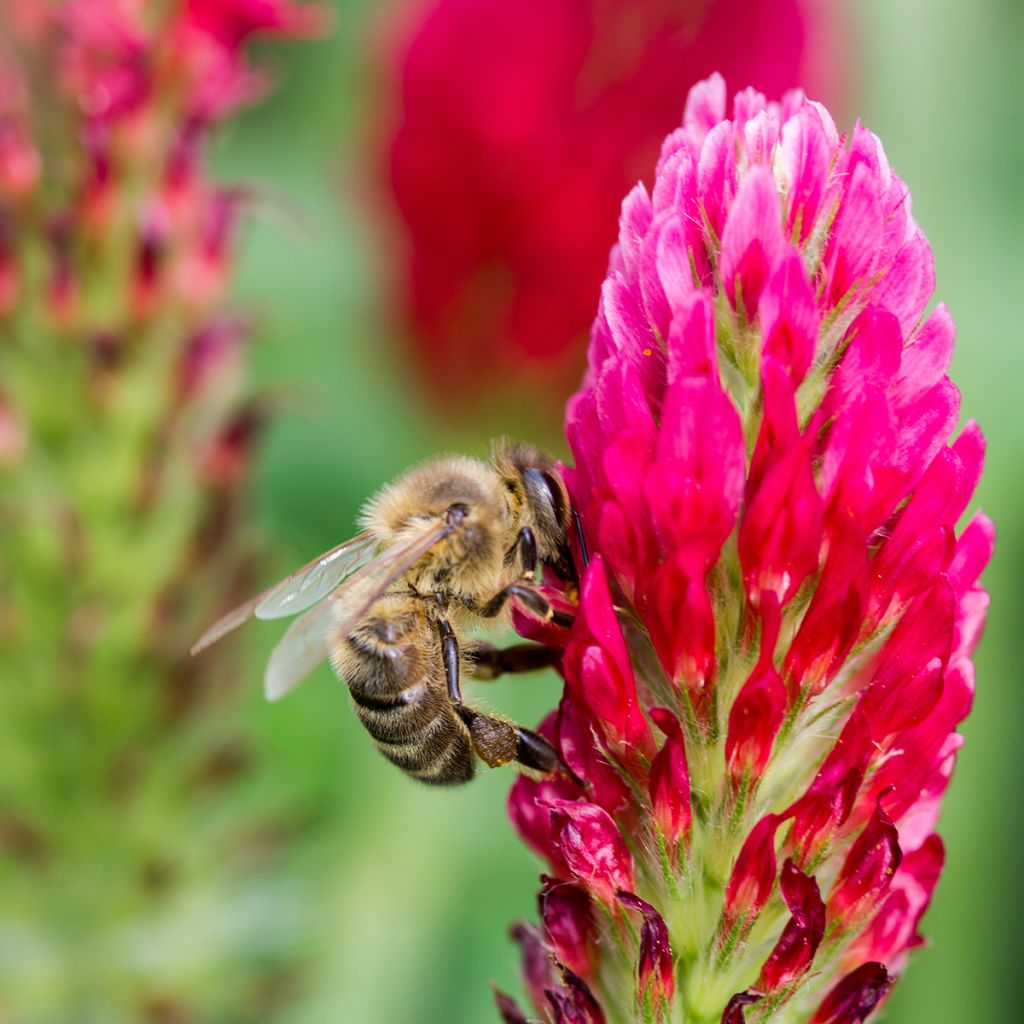

Trifolium incarnatum
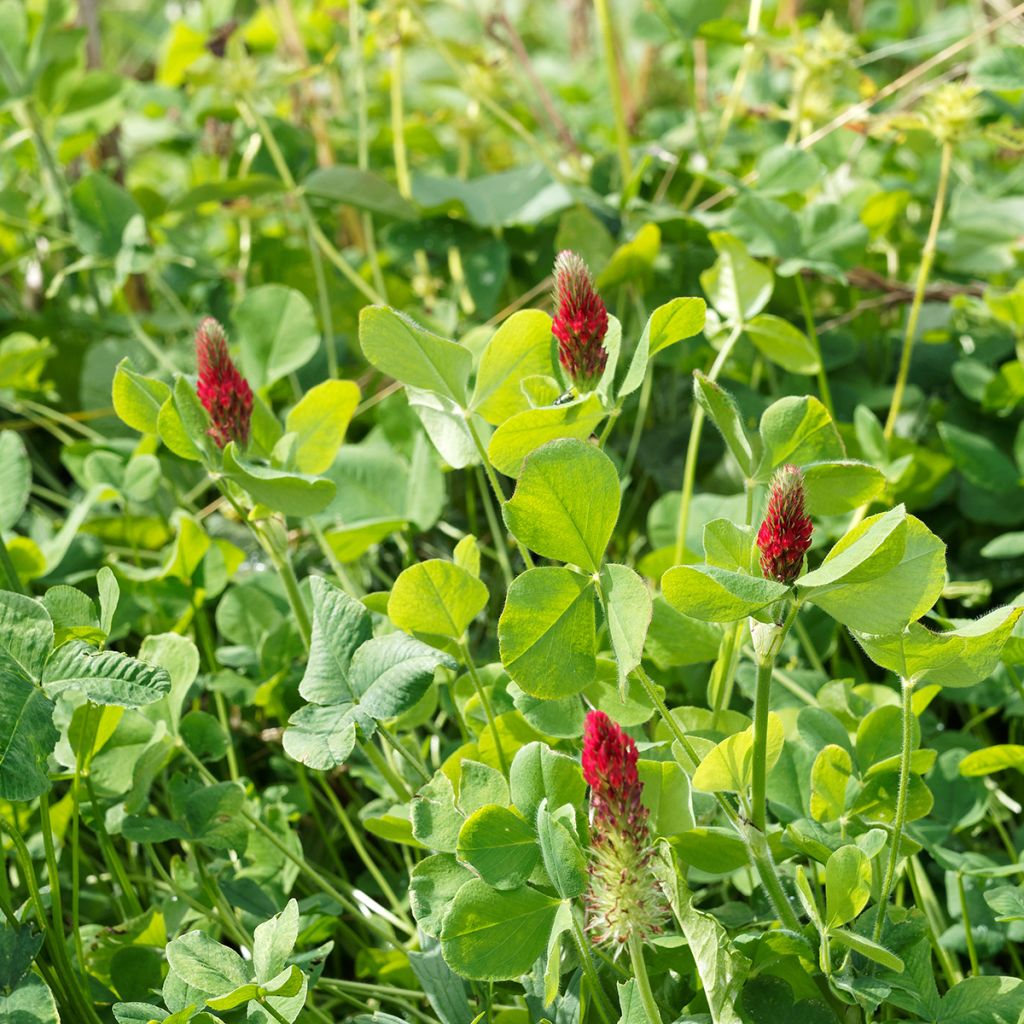

Trifolium incarnatum
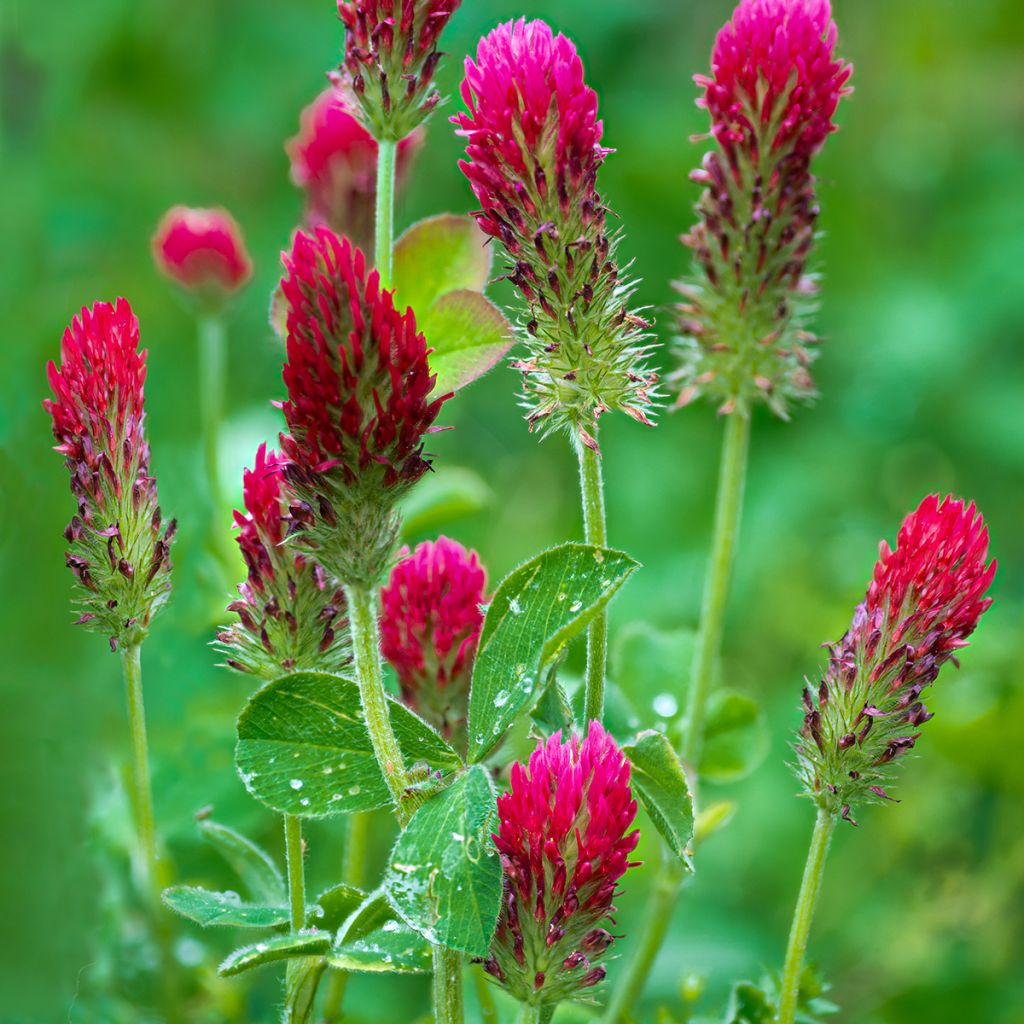

Trifolium incarnatum
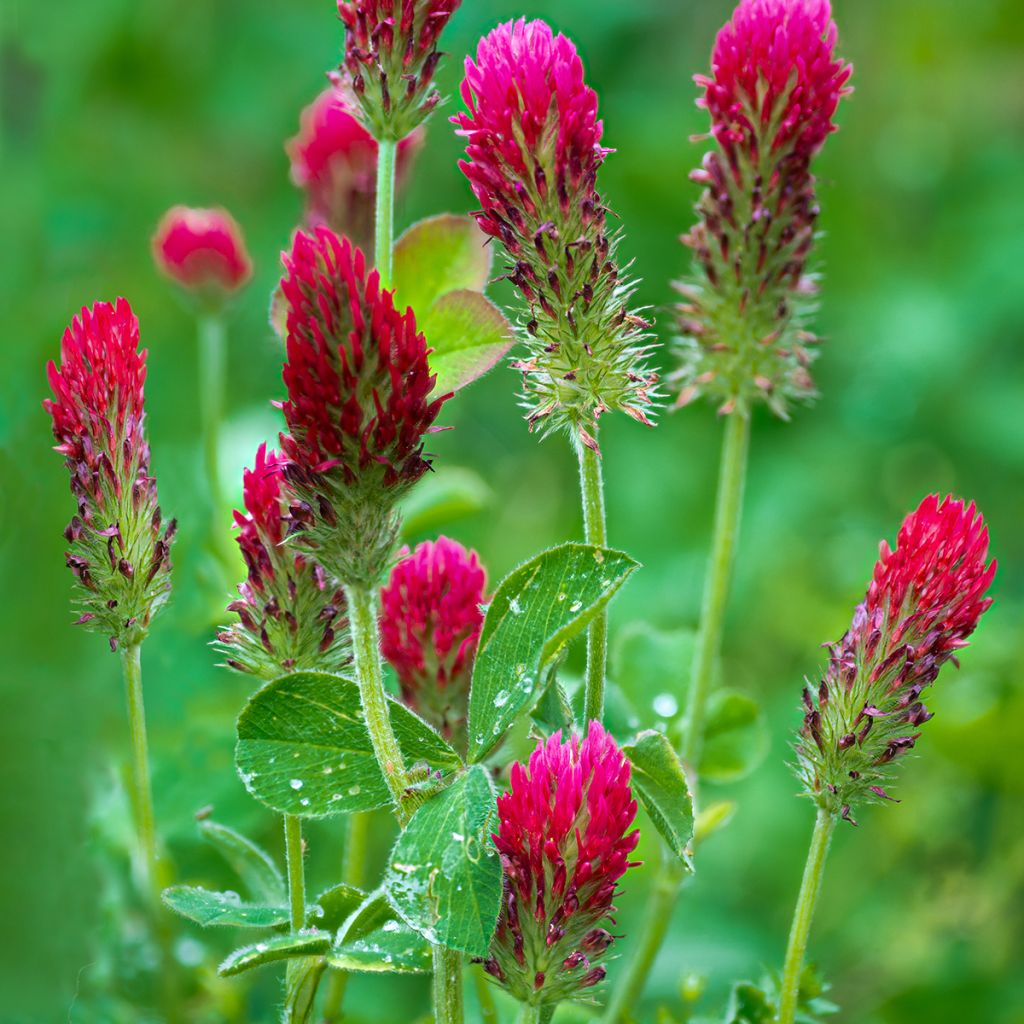

Trifolium incarnatum
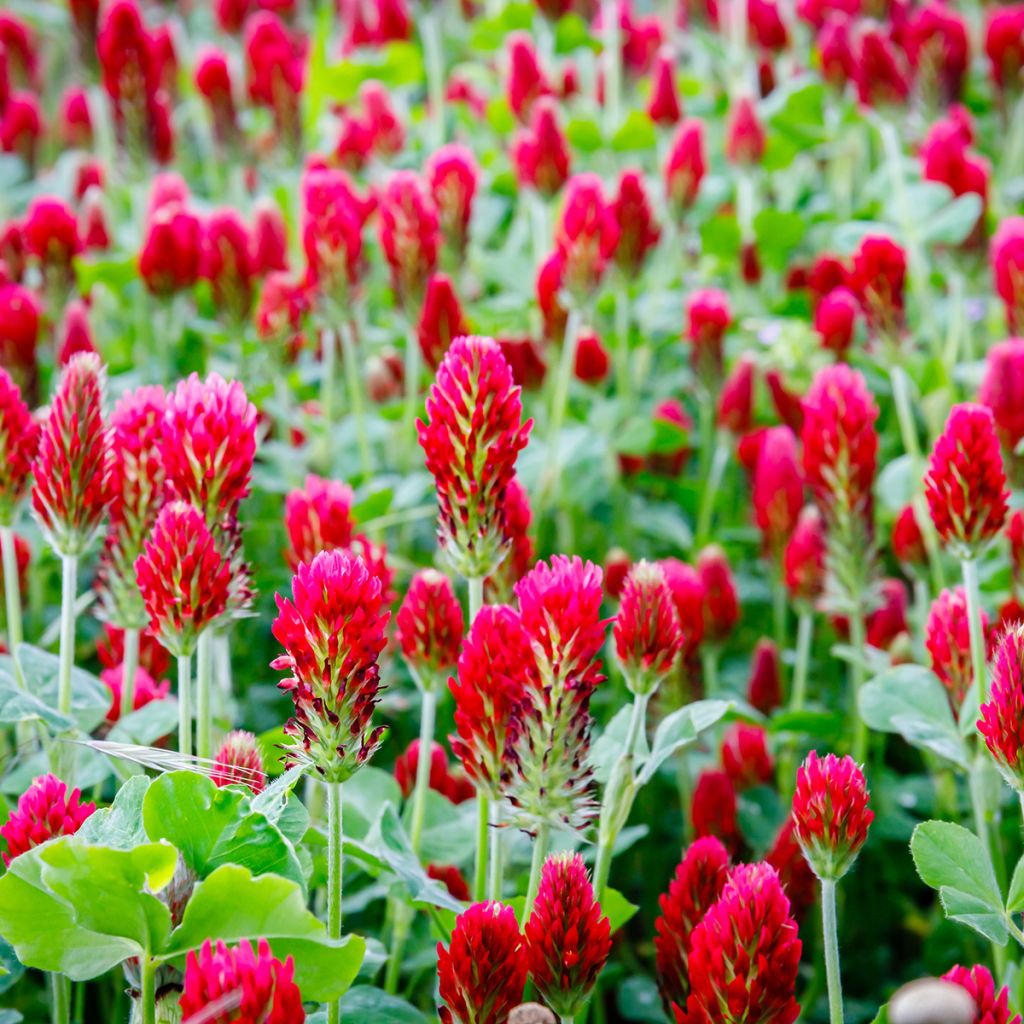

Trifolium incarnatum
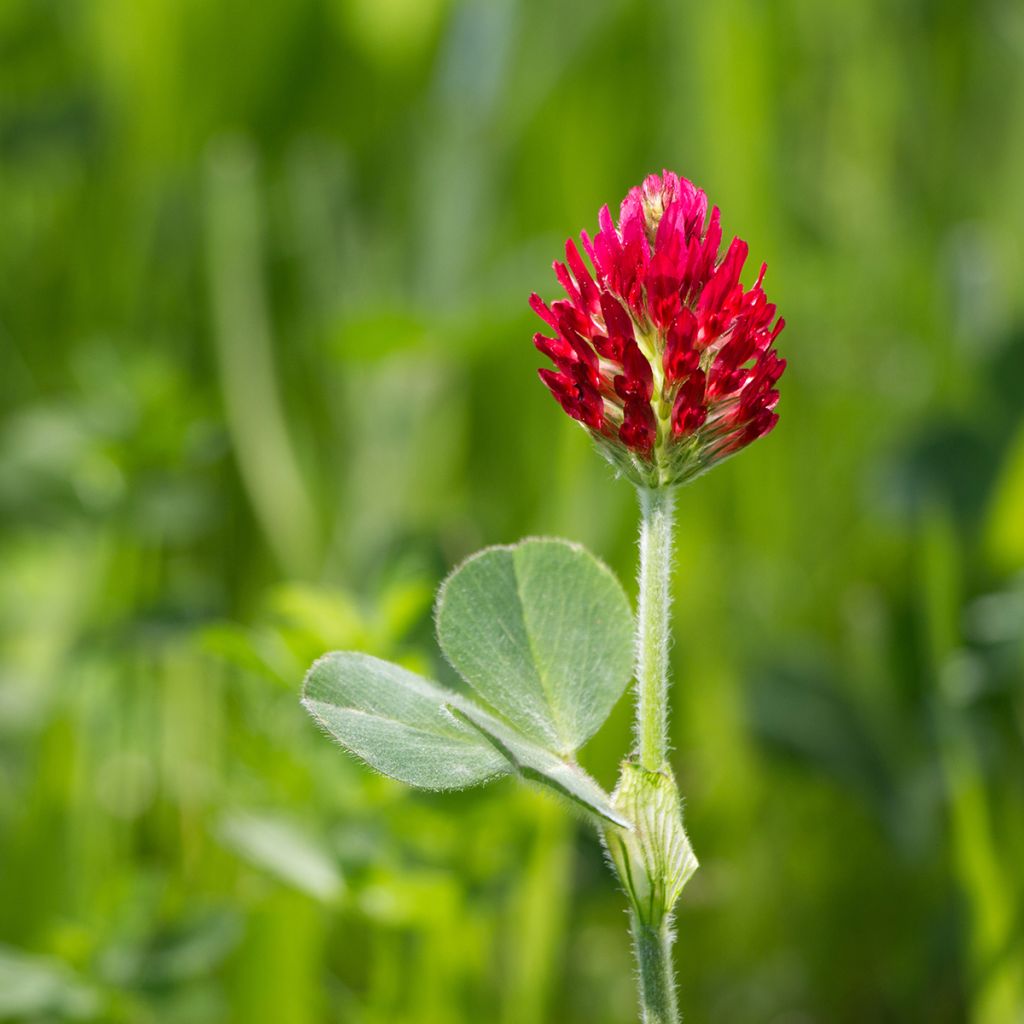

Trifolium incarnatum
Trifolium incarnatum
Trifolium incarnatum
Crimson clover, Crimean clover, Italian clover
Special offer!
Receive a €20 voucher for any order over €90 (excluding delivery costs, credit notes, and plastic-free options)!
1- Add your favorite plants to your cart.
2- Once you have reached €90, confirm your order (you can even choose the delivery date!).
3- As soon as your order is shipped, you will receive an email containing your voucher code, valid for 3 months (90 days).
Your voucher is unique and can only be used once, for any order with a minimum value of €20, excluding delivery costs.
Can be combined with other current offers, non-divisible and non-refundable.
Home or relay delivery (depending on size and destination)
Schedule delivery date,
and select date in basket
This plant carries a 6 months recovery warranty
More information
We guarantee the quality of our plants for a full growing cycle, and will replace at our expense any plant that fails to recover under normal climatic and planting conditions.
Description
Trifolium incarnatum, also known as crimson clover, is a small perennial plant from the legume family that is used as green manure or as a forage crop. Its roots can fix atmospheric nitrogen, which it then releases into the soil, reducing the need for fertilisers. Its bright red flowers are rich in nectar that feed pollinating insects. Through its root system, it loosens the soil, limits the growth of weeds, and helps prevent soil leaching and compaction caused by rain. Sow after summer crops, from August to September. However, spring sowing in March is also possible.
Crimson clover belongs to the Fabaceae family (formerly known as legumes) and the genus Trifolium, like white clover or Alexandrian clover. These different clovers are characterised by their leaves with 3 leaflets and their ability to fix atmospheric nitrogen in the soil. Crimson clover is an annual plant, originally from the Mediterranean, and widely naturalised in temperate Europe. When not cultivated, it grows in fields, fallow land, along roads or paths, usually on siliceous (sandy) soil. It flowers from April-May to July, in the form of spherical red heads. Crimson clover is highly frost-resistant and develops a significant vegetative cover. It is suitable for all types of soils. It tolerates well-drained soils, but can also grow in clayey or siliceous soil. It does not thrive in limestone soils.
Widely used in organically cultivated gardens, green manures like crimson clover have many advantages. They nourish and improve the soil by providing various nutrients and stimulating soil microbial life. Their roots loosen and aerate the soil, making it more friable and less compact. Moreover, the presence of a vegetative cover protects the soil from leaching (nutrient loss in sandy soil), rain compaction (formation of a crust in loamy soil), and erosion (caused by runoff on sloping terrain during heavy rain). This vegetative cover also helps suppress weed growth. Finally, green manures are often honey-bearing and attract pollinators.
Green manures are sown on uncultivated plots or in intercropped areas between vegetable rows. They are either naturally destroyed by frost or cut before seed formation. Once destroyed, they can be left in place as mulch, or be shredded and incorporated into the top layers of the soil, or be collected and added to compost.
Report an error about the product description
Trifolium incarnatum in pictures




Harvest
Plant habit
Foliage
Botanical data
Trifolium
incarnatum
Fabaceae
Crimson clover, Crimean clover, Italian clover
Cultivar or hybrid
Perennial
Other Green fertilisers
View all →Planting and care
Ideally, sow the seeds from August to September. It is possible to sow in March. It adapts to all types of soils.
Sow broadcast on tilled, raked, and well-weeded soil. Cover the seeds with soil by raking. Firm the soil with the back of the rake and water with a fine spray.
In March-April, hoe the vegetation to break it down.
Leave the aboveground parts on the ground.
Seedlings
Care
Intended location
This item has not been reviewed yet - be the first to leave a review about it.
Similar products
Haven't found what you were looking for?
Hardiness is the lowest winter temperature a plant can endure without suffering serious damage or even dying. However, hardiness is affected by location (a sheltered area, such as a patio), protection (winter cover) and soil type (hardiness is improved by well-drained soil).

Photo Sharing Terms & Conditions
In order to encourage gardeners to interact and share their experiences, Promesse de fleurs offers various media enabling content to be uploaded onto its Site - in particular via the ‘Photo sharing’ module.
The User agrees to refrain from:
- Posting any content that is illegal, prejudicial, insulting, racist, inciteful to hatred, revisionist, contrary to public decency, that infringes on privacy or on the privacy rights of third parties, in particular the publicity rights of persons and goods, intellectual property rights, or the right to privacy.
- Submitting content on behalf of a third party;
- Impersonate the identity of a third party and/or publish any personal information about a third party;
In general, the User undertakes to refrain from any unethical behaviour.
All Content (in particular text, comments, files, images, photos, videos, creative works, etc.), which may be subject to property or intellectual property rights, image or other private rights, shall remain the property of the User, subject to the limited rights granted by the terms of the licence granted by Promesse de fleurs as stated below. Users are at liberty to publish or not to publish such Content on the Site, notably via the ‘Photo Sharing’ facility, and accept that this Content shall be made public and freely accessible, notably on the Internet.
Users further acknowledge, undertake to have ,and guarantee that they hold all necessary rights and permissions to publish such material on the Site, in particular with regard to the legislation in force pertaining to any privacy, property, intellectual property, image, or contractual rights, or rights of any other nature. By publishing such Content on the Site, Users acknowledge accepting full liability as publishers of the Content within the meaning of the law, and grant Promesse de fleurs, free of charge, an inclusive, worldwide licence for the said Content for the entire duration of its publication, including all reproduction, representation, up/downloading, displaying, performing, transmission, and storage rights.
Users also grant permission for their name to be linked to the Content and accept that this link may not always be made available.
By engaging in posting material, Users consent to their Content becoming automatically accessible on the Internet, in particular on other sites and/or blogs and/or web pages of the Promesse de fleurs site, including in particular social pages and the Promesse de fleurs catalogue.
Users may secure the removal of entrusted content free of charge by issuing a simple request via our contact form.
The flowering period indicated on our website applies to countries and regions located in USDA zone 8 (France, the United Kingdom, Ireland, the Netherlands, etc.)
It will vary according to where you live:
- In zones 9 to 10 (Italy, Spain, Greece, etc.), flowering will occur about 2 to 4 weeks earlier.
- In zones 6 to 7 (Germany, Poland, Slovenia, and lower mountainous regions), flowering will be delayed by 2 to 3 weeks.
- In zone 5 (Central Europe, Scandinavia), blooming will be delayed by 3 to 5 weeks.
In temperate climates, pruning of spring-flowering shrubs (forsythia, spireas, etc.) should be done just after flowering.
Pruning of summer-flowering shrubs (Indian Lilac, Perovskia, etc.) can be done in winter or spring.
In cold regions as well as with frost-sensitive plants, avoid pruning too early when severe frosts may still occur.
The planting period indicated on our website applies to countries and regions located in USDA zone 8 (France, United Kingdom, Ireland, Netherlands).
It will vary according to where you live:
- In Mediterranean zones (Marseille, Madrid, Milan, etc.), autumn and winter are the best planting periods.
- In continental zones (Strasbourg, Munich, Vienna, etc.), delay planting by 2 to 3 weeks in spring and bring it forward by 2 to 4 weeks in autumn.
- In mountainous regions (the Alps, Pyrenees, Carpathians, etc.), it is best to plant in late spring (May-June) or late summer (August-September).
The harvesting period indicated on our website applies to countries and regions in USDA zone 8 (France, England, Ireland, the Netherlands).
In colder areas (Scandinavia, Poland, Austria...) fruit and vegetable harvests are likely to be delayed by 3-4 weeks.
In warmer areas (Italy, Spain, Greece, etc.), harvesting will probably take place earlier, depending on weather conditions.
The sowing periods indicated on our website apply to countries and regions within USDA Zone 8 (France, UK, Ireland, Netherlands).
In colder areas (Scandinavia, Poland, Austria...), delay any outdoor sowing by 3-4 weeks, or sow under glass.
In warmer climes (Italy, Spain, Greece, etc.), bring outdoor sowing forward by a few weeks.






























